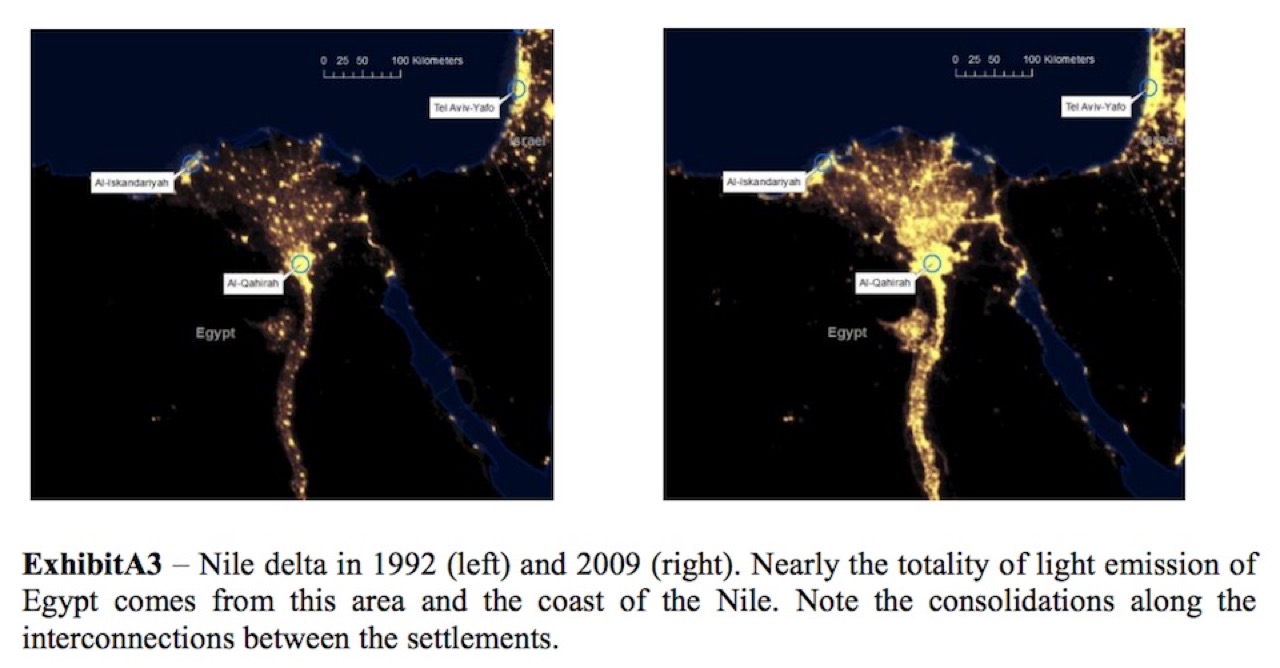A fascinating new post at MIT Technology Review’s Physics arXiv Blog reminds me why it’s one of my favorite RSS subscriptions:
The amount of light produced by a society is closely correlated with its economic status—rich developed countries tend to be brighter at night than poor developing ones. So an interesting question is how the distribution of light across our planet is changing over time.
Today we get an answer thanks to the work of Nicola Pestalozzi, Peter Cauwels and Didier Sornette at the Swiss Federal Institute of Technology in Zurich. These guys have used data released by the US Defense Meteorological Satellite Program which has monitored night light levels around the planet continuously since the mid-1960s.
It’s also a reminder that not every penny of our defense budget goes to purely destructive or even domestic ends.
You can read the full paper on the arXiv: Dynamics and Spatial Distribution of Global Nighttime Lights
